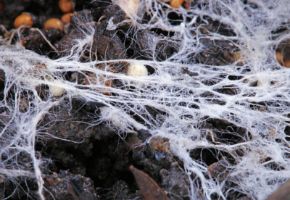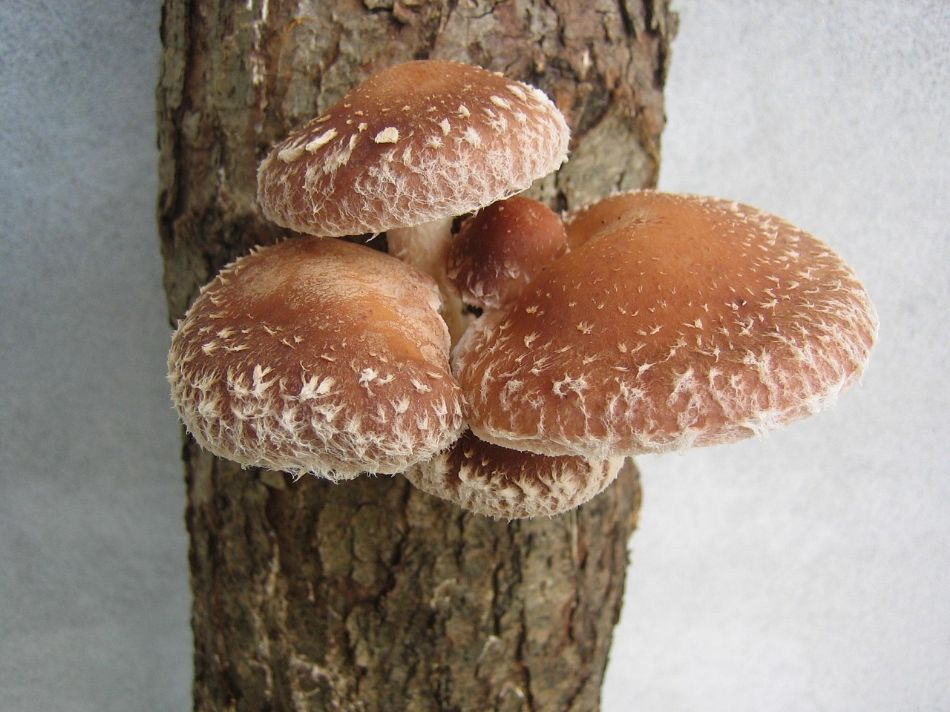Mushroom cultivation is a fascinating art, but it can be threatened by pathogens that compromise growth and yield. Developing disease-resistant mushrooms is not only a scientific challenge but a necessity for those who want abundant and healthy harvests. In this article, we will explore advanced techniques for selecting and genetically improving mushroom varieties, reducing vulnerability to common diseases like molds, bacteria, and nematodes. We’ll also discover how scientific research is revolutionizing this field, with practical strategies and insights for growers and mycologists.
Before diving into the techniques, it’s essential to understand why pathogen resistance is so crucial. Mushrooms, like all living organisms, are exposed to external threats that can reduce productivity and even destroy entire crops. This is why investing in resistant varieties can make the difference between a flourishing harvest and failure. Among the most common pathogens attacking cultivated mushrooms are molds and bacteria, but not only. To learn more about the impact of these pathogens, check out this research published on NCBI, analyzing infection mechanisms and defense strategies. Cultivating resistant mushrooms offers numerous benefits—let’s explore them... There are several strategies to obtain pathogen-resistant mushrooms, from natural selection to genetic engineering. Let’s explore the most effective ones with concrete examples. A traditional yet effective method is the selection of naturally resistant strains. Some mushrooms exhibit spontaneous mutations that make them less vulnerable. By repeatedly cultivating these specimens, more robust varieties can be obtained. Practical Example: The oyster mushroom (Pleurotus ostreatus) has shown naturally Trichoderma-resistant strains in temperate forests. By isolating and reproducing these specimens in controlled environments, Polish researchers developed the "Polana OP-50" variety, with 60% higher resistance than average. Hybridization between different strains is another established technique. By combining favorable genetic traits, mushrooms with greater resistance can be created. Modern biotechnologies, such as CRISPR-Cas9 gene editing, allow modifying fungal DNA to enhance resistance. Some studies have identified genes responsible for producing antifungal enzymes, which can be enhanced. Case Study: In 2023, a team at the University of California used CRISPR to silence the "ThPG1" gene in Agaricus bisporus, responsible for Trichoderma sensitivity. The result was a strain with 40% fewer contaminations. Research published in Nature demonstrates how this technique could revolutionize agriculture, with applications even for medicinal mushrooms like Ganoderma lucidum. Controlling growth conditions also plays a crucial role. A well-sterilized substrate and optimized humidity reduce contamination risks. Advanced Techniques: Learn more in our guide on how to prepare the ideal substrate, where we analyze 15 different recipes for contamination-resistant substrates. Mushroom science is constantly evolving. Here are some recent discoveries that could change the future of mycoculture. Some species, like Pleurotus ostreatus, produce antimicrobial compounds that inhibit pathogen growth. This property is being studied to develop natural biofungicides. Mechanism of Action: Pleurotus secretes pleurotin, a compound that: A 2022 study showed that cultivating Pleurotus alongside Lentinula edodes reduces mold infections by 35%. Some bacteria of the Pseudomonas genus (yes, the same ones that can be pathogenic!) form mutualistic relationships with fungi under certain conditions, protecting them from harmful microorganisms. Notable Example: Pseudomonas fluorescens produces: For more details, check this study on ScienceDirect, analyzing 15 promising bacterial strains for mushroom protection. Here are some immediate tips for those wanting to experiment with more resistant mushrooms. Regularly inspect your crops for early signs of contamination: Useful Tools: portable microscopes (40-100x) and pH test kits (cost: €15-30). Alternating different mushroom species in the same space can reduce pathogen buildup. Recommended schedule: Some mycorrhizal fungi form alliances with plants that enhance resistance: Developing pathogen-resistant mushrooms requires a combination of traditional knowledge and scientific innovation. Whether you're a hobbyist or a professional, applying these strategies can significantly improve your results. Keep experimenting and stay updated with the latest research! The fungal kingdom is a universe in continuous evolution, with new scientific discoveries emerging every year about their extraordinary benefits for gut health and overall well-being. From now on, when you see a mushroom, you will no longer think only of its taste or appearance, but of all the therapeutic potential it holds in its fibers and bioactive compounds. ✉️ Stay connected - Subscribe to our newsletter to receive the latest studies on: Nature offers us extraordinary tools to take care of our health. Fungi, with their unique balance between nutrition and medicine, represent a fascinating frontier we are only beginning to explore. Continue to follow us to discover how these extraordinary organisms can transform your approach to well-being.Why develop pathogen-resistant mushrooms?
Main pathogens affecting mushrooms
Benefits of resistant mushrooms
Techniques for developing resistant mushrooms
Natural selection and hybridization
Genetic improvement and CRISPR
Substrate and environmental management
Research and curiosities about resistant mushrooms
Mushrooms that fight other fungi
Symbiosis with beneficial bacteria
Practical tips for growers
Constant monitoring
Crop rotation
Year Species Benefits 1st Pleurotus ostreatus Natural resistance to many pathogens 2nd Agaricus bisporus Requires different substrate, disrupts pathogen cycles 3rd Ganoderma lucidum Produces antimicrobial compounds that "clean" the environment Use of protective mycorrhizae
Resistant mushrooms: try it to believe it!
Continue your journey into the world of fungi










